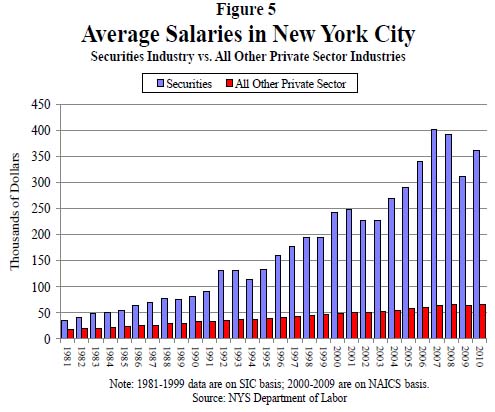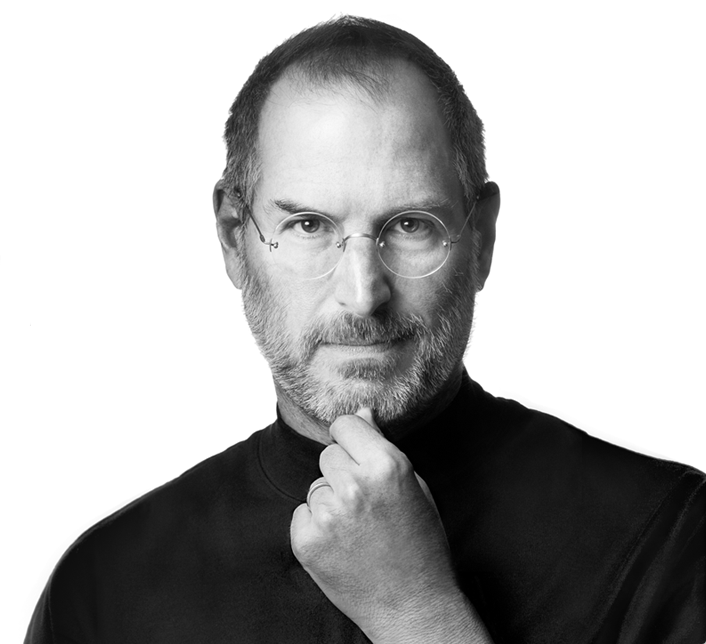Raymond J. Learsy
Author, ‘Oil and Finance: The Epic Corruption’
Like many, I was a skeptic the first time I encountered the Occupy movement. I longed to see a populist movement for economic justice, but it was hard to believe a bunch of kids camping out in a park had much hope of posing a real challenge to the entrenched system of wealth and power.
It wasn’t until I heard Cornel West speak at the General Assembly that I understood the potential of the occupy movement. Using the people’s mic, Professor West implored us to build the movement of our dreams. “Don’t be afraid to say the word ‘revolution,’” he said, “This is the American Fall, inspired by the Arab Spring.” To the two hundred or so mostly young people in the park on that day the comparison seemed completely legitimate.
The explosive growth of the Occupy movement can be attributed to a widely shared sense that America’s political and economic systems are essentially bankrupt. Morally and economically, we cannot pay the debts we owe. We can’t afford our homes or our educations or our health care, but we can insure malefactors of great wealth against self-inflicted loses. The social contract that bound us together has fallen apart as a result of the concentration of wealth and power in the hands of the few.
I joined the occupation because I want to have a serious conversation about how to fix our broken system. In the months leading up to the occupation, Congress revealed it was a dysfunctional shell of a legislative body that was incapable of passing laws — and yet no one spoke of systemic political reform. The economy did not provide work for tens of millions of the unemployed and underemployed, overburdened is with debt and made no place for the young — and yet there was no real hope for relief.
Nor was this the first time my generation saw our system fail the test of history: our response to September 11th was belligerent, our response to climate change was negligible, our response to the financial collapse was corrupt and insufficient. As a result of these failures, and countless others, we lost our ability to imagine working together to solve our shared problems.
The greatest contribution the occupy movement has made thus far has been to inspire us to imagine solutions at the scale of our problems. This is a revolutionary concept. Instead of working towards what we believe is possible, it has called upon us to work backwards from what is necessary. The rapid growth of the occupations, the broad public support for the movement, and the incredible amount of media attention it has garnered suggest that we as a people recognize the need to revolutionize our political system and our economy.
The occupy movement is still in its infancy, but as my friend Michael Premo says it has already reawakened the radical imagination, especially for members of my generation by tapping into our surprisingly deep wells of sincerity and authenticity. The unbranded space of the occupation provides the canvas upon which we paint the outlines of our imagined future. In it, we are reminded us that we all depend upon each other for happiness and survival. In it, we are not consumers or clients; we are citizens in a consensual community that empowers each of us. In it, we are compelled to truly listen to each other.
While our elected officials and leaders of industry have wasted crisis after crisis, those of us who have already joined the occupy movement refuse to let this moment go to waste. The popular movement we are building is mobilizing students, workers, people of color, the unemployed, and the middle class to fight back against thirty years of deregulation and privatization.
We are building a world that has a place for all of us. The revolution we seek certainly has expressions in politics and economics, but at root it is what Martin Luther King referred to as a “true revolution of values.” I believe the Occupy movement is united by our shared desire to move from being a thing-oriented society to becoming a people-oriented society; to build a society based on love, instead of greed. It it is easy to feel daunted by such an audacious challenge and it will will certainly take longer than a season to bring about the revolution we seek. But, we know we are on the right side of history. We will not fade away for the winter or disappear if we are pushed out of our toehold in Liberty Square. We’re in this for the long haul.
We are the heirs to a long history of populist people’s movements for economic justice, from Huey Long’s Share Our Wealth movement of the ’30s to Martin Luther King’s later work for jobs and opportunity. Jesse Jackson recently attended one of our meetings to share his thoughts about how to turn this moment into a movement. He told us Martin Luther King’s last act was to plan an occupation for economic justice on the National Mall called “Resurrection City.”" “I was the mayor of Resurrection City,” Reverand Jackson told us, “The movement you are building today is a continuation of our movement.”
As we spread from community to community, we begun the slow and steady work of forging a diverse and powerful movement to shake the system of its malaise. One day soon, we may too have our Resurrection City.


